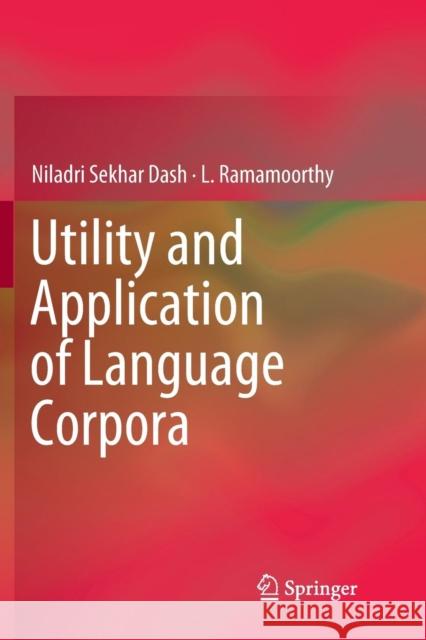Utility and Application of Language Corpora » książka
topmenu
Utility and Application of Language Corpora
ISBN-13: 9789811346880 / Angielski / Miękka / 2018 / 290 str.
Kategorie:
Kategorie BISAC:
Wydawca:
Springer
Język:
Angielski
ISBN-13:
9789811346880
Rok wydania:
2018
Dostępne języki:
Ilość stron:
290
Waga:
0.45 kg
Wymiary:
23.39 x 15.6 x 1.7
Oprawa:
Miękka
Dodatkowe informacje:
Wydanie ilustrowane











